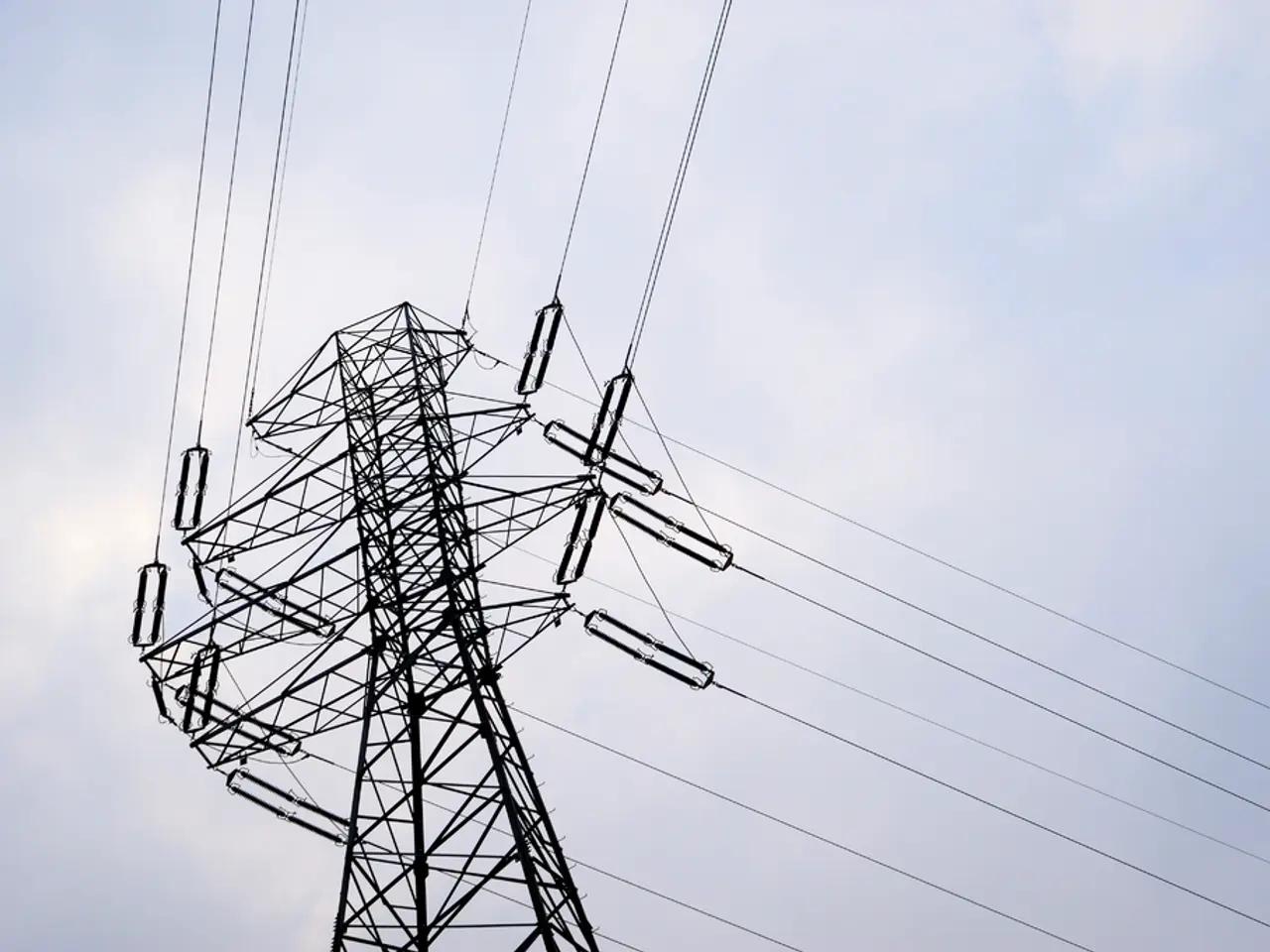Unleashing Infinite Potentials with STLs: A World of Opportunities Awaits
In the world of Studio Transmitter Links (STLs), the best options for reliable, high-capacity transmission lie primarily in the microwave bands. These include the 950 MHz band, under Part 74 licenses for Broadcast Auxiliary Service (BAS), and various digital microwave bands such as 6 GHz, 11 GHz, 18 GHz, and 23 GHz.
The 950 MHz band stands out as it automatically renews with the radio station license, simplifying management. Other microwave bands, however, require separate licensing renewals every 10 years. These licenses, provided under Part 74 (BAS) and Part 101 (commercial microwave services), ensure protected, interference-free operation suitable for broadcast-quality STL links.
Unlicensed or lightly licensed options, such as low VHF bands around 25-29 MHz, are available but are generally low power, shared with other services, and not ideal for main STLs due to restrictions and potential interference.
As technology advances, backup or supplementary wireless STL options might include WISP-provided internet or cellular broadband where feasible. However, these are not traditional STL bands and may involve different licensing or unlicensed spectrum use.
The refinement of IP delivery and the development of more radio transmitters with IP signal inputs have expanded the range of options for signal delivery to the transmitter. This, combined with the availability of digital microwave licenses in several frequency bands, makes the licensed microwave bands the top choice for high-quality, reliable radio-based STLs.
Notable Figures in STL Discussions
Cindy Hutter Cavell, with a 48-year career in network, television, and cable broadcasting, is a key figure in the STL discourse. She is the director of the Spectrum Group, Capitol Airspace Group, and recently discussed STL links at the SBE Ennes Workshop at the NAB Show this year.
Cindy Hutter Cavell's contributions to the broadcasting industry have been recognised with the NAB Television Engineering Achievement Award.
Factors to Consider
It's important to note that higher frequency bands offer wider channel widths, resulting in more throughput. However, they are susceptible to rain fade and can only reliably cover shorter STL distances. Additionally, if a tower is in a densely populated area, unlicensed microwave can be a risk due to potential interference from other tenants or cell carriers.
In the case of analog transmission, only 950 MHz links are still available. Having a server at the transmitter site that can play content, commercials, and station IDs can serve as a handy backup if the link to the cloud is lost.
Satellite internet access is another option for stations without cell or hardwire connectivity, but it can be unreliable due to weather conditions.
In summary, the licensed microwave bands, particularly the 950 MHz band, remain the top choice for high-quality, reliable radio-based STLs. Unlicensed or lightly licensed options, such as low VHF bands and unlicensed microwave options in 2.4 GHz, 5.8 GHz, and 24 GHz, are available but are not ideal for main STLs due to potential interference issues and limitations in data capacity.
- Cindy Hutter Cavell, with a long career in the broadcasting industry, is a notable figure in the Studio Transmitter Links (STL) discussion.
- Cavell is the director of the Spectrum Group, Capitol Airspace Group, and she recently spoke about STL links at the SBE Ennes Workshop at the NAB Show.
- Cavell's contributions to the broadcasting industry have been recognized with the NAB Television Engineering Achievement Award.
- Higher frequency bands, such as the 18 GHz and 23 GHz bands, offer wider channel widths resulting in more throughput but are susceptible to rain fade and can only reliably cover shorter STL distances.
- In the case of analog transmission, only 950 MHz links remain, and having a server at the transmitter site that can play content can serve as a backup if the link to the cloud is lost.
- Satellite internet access is another option for stations without cell or hardwire connectivity, but it can be unreliable due to weather conditions and is not the top choice for high-quality, reliable radio-based STLs.




